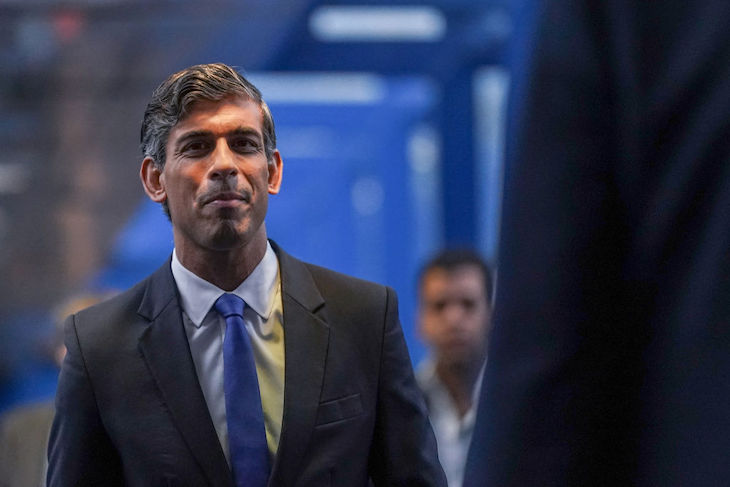Rishi Sunak (remember him?) is back in the public eye. The former prime minister has landed new jobs at Oxford and Stanford universities. The roles are his first since returning to the backbenches last year following the crushing Tory defeat at the general election in July.
His time in Downing Street doesn’t look as bad as it once did
Sunak is joining Oxford’s Blavatnik School of Government as a member of its world leaders circle. He will also be taking up a visiting fellowship at Stanford’s Hoover Institution in California. Both universities are Sunak’s alma maters. He studied politics, philosophy and economics at Oxford before completing a masters of business administration degree at Stanford. Sunak met his future wife Akshata Murty, the daughter of an Indian billionaire, while studying at Stanford. Sunak said he was “delighted” to be joining the two institutions, adding: “Both Blavatnik and Hoover do superb work on how we can rise to the economic and security challenges we face and seize the technological opportunities of our time.”
Sunak has always had his admirers in politics and beyond, people who see in him something that somehow escaped the majority of voters at the recent election and for much of his short tenure in Downing Street. Lord Hague, a former Tory leader who is now chancellor of Oxford University, is firmly in the Sunak camp. He said the former prime minister’s experience and “deep understanding of the challenges facing governments today “would be “a huge asset”. Sunak may well have a deep understanding of such matters, but it would be a stretch to suggest that he had the foggiest when it came to finding actual solutions.
Another Sunak fan is Condoleezza Rice, the former US Secretary of State and director of the Hoover Institution. She said the former prime minister’s “extensive policy and global experience will enrich our fellowship and help to define important policies moving forward”, adding that she looked forward to “the impact of his work on the many challenges facing democracies and the world to come.” Perhaps Rice isn’t aware that Sunak is planning to stay on as the Tory MP for Richmond and Northallerton, in North Yorkshire. How will he find the time?
Sunak was eager to share his good news about Oxford and Stanford on Instagram, where he posted a photograph of himself and Akshata from their student days, writing: “These two incredible institutions shaped the person I am today”.
It is a form of words that prompts the obvious question: Who exactly is Sunak? What is this authentic self that he refers to? He remains something of an enigma, a politician who ascended to the summit of politics almost without trace.
Sunak became prime minister unexpectedly in October 2022 following the short-lived and financially disastrous premiership of Liz Truss. At the age of 42, he was the youngest leader of the country in more than two centuries. He inherited a difficult hand in Downing Street but played it poorly. His 20 months in office consisted of grappling with a series of crises. He had enough grasp of the policy issues, but came across as hapless at the politics – a rather curious observation to make of someone who reached the very pinnacle of power, but true enough. Looking back, there is no discernible ideology that might be described as “Sunakism” – the most that can be said of his political ideas is that he clung to some form of economic Thatcherism, was pro-Brexit, and unconvincingly boosterish on the benefits to the economy of AI.
He had no real answer to Britain’s problems and his political judgment left a lot to be desired. His decision to hold the general election in July last year surprised everyone, friend and foe. Sunak made the announcement in pouring rain outside Number 10, his voice drowned out by the Labour anthem “Things Can Only Get Better”. The campaign was an unmitigated disaster. The highlights reel of unforced errors by Sunak includes his decision to leave the D-Day commemorations in Normandy a day early to do a TV interview. In short, Sunak as prime minister was no stranger to political self-harm.
Even so, the announcement of his two new university roles marks the official beginning of Sunak’s attempts to forge a post-prime ministerial career. He has had time aplenty to lick his wounds after the fiasco at the polls. He might even be permitted a wry smile at the thought that his warning to voters that electing a Labour government risked economic disaster appears more prescient by the day. Sunak may not have been up to the top job, but his time in Downing Street doesn’t look as bad as it once did. He has the new Labour government to thank for that.








Comments